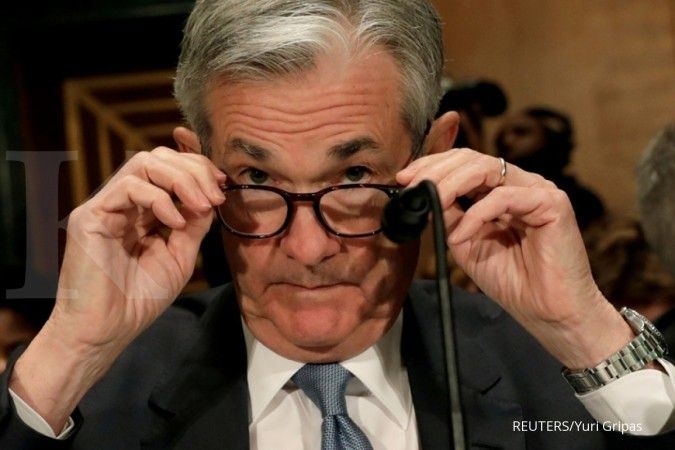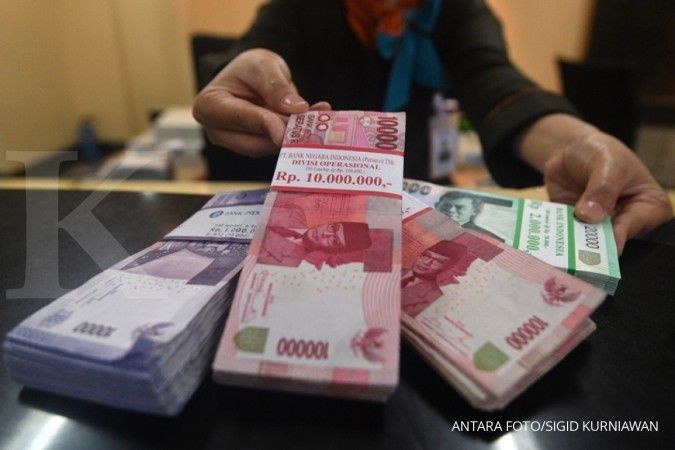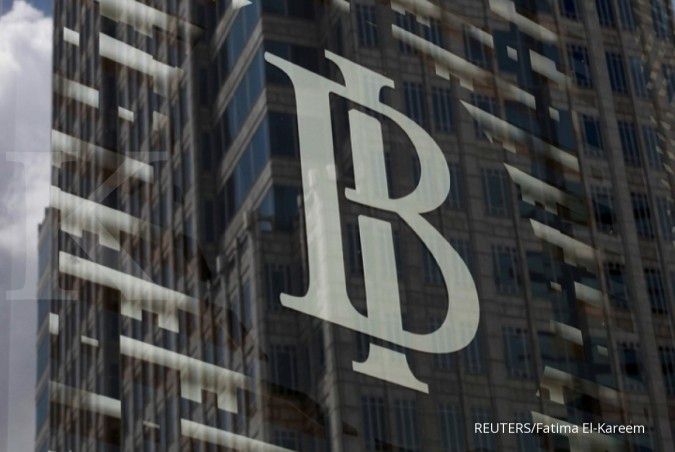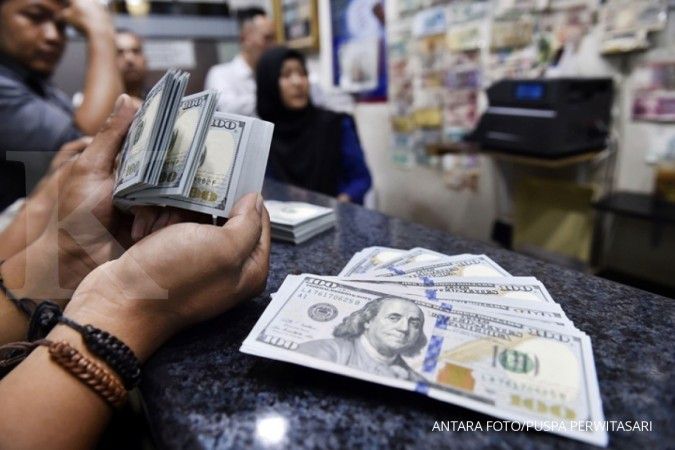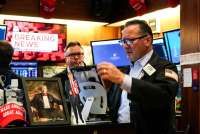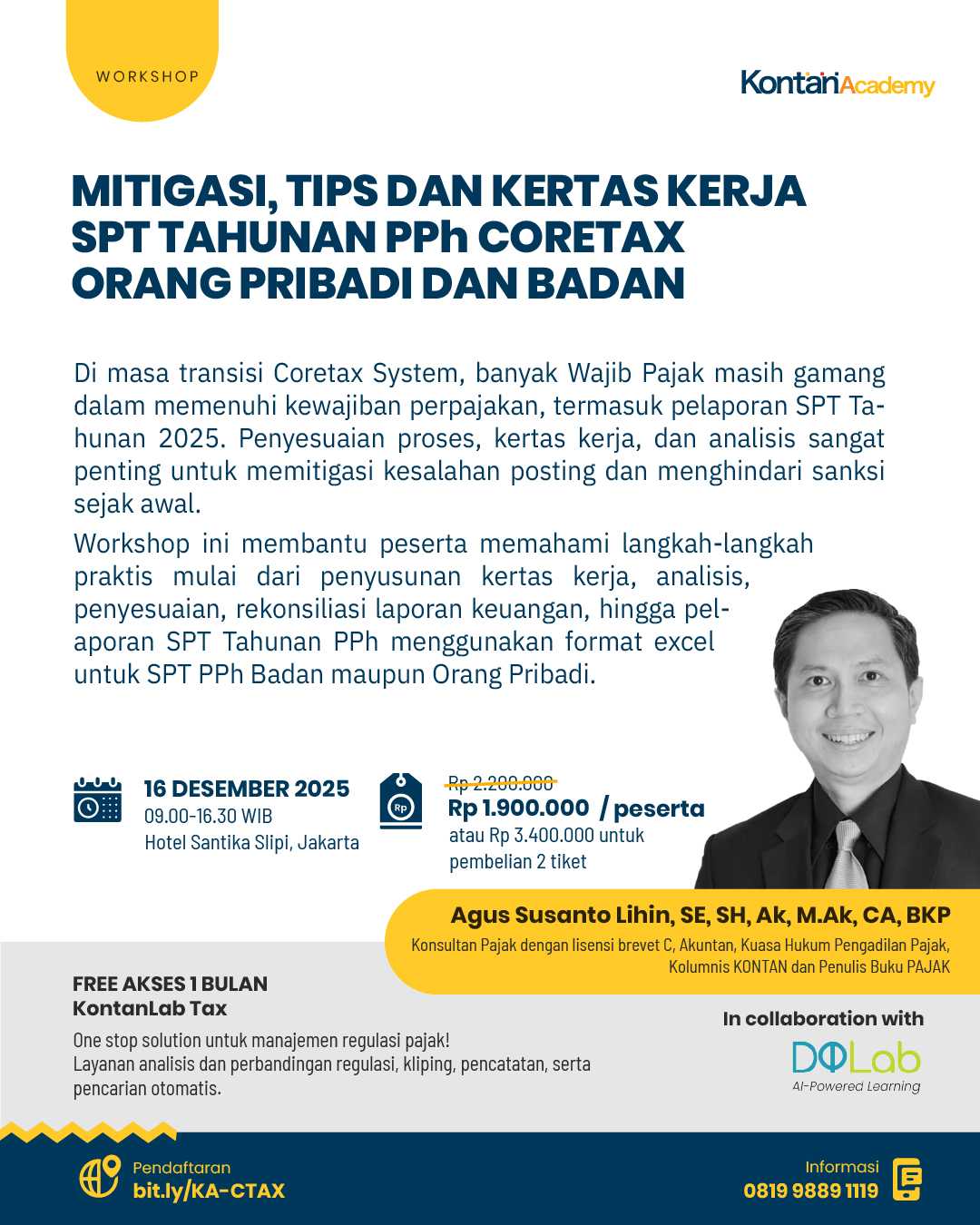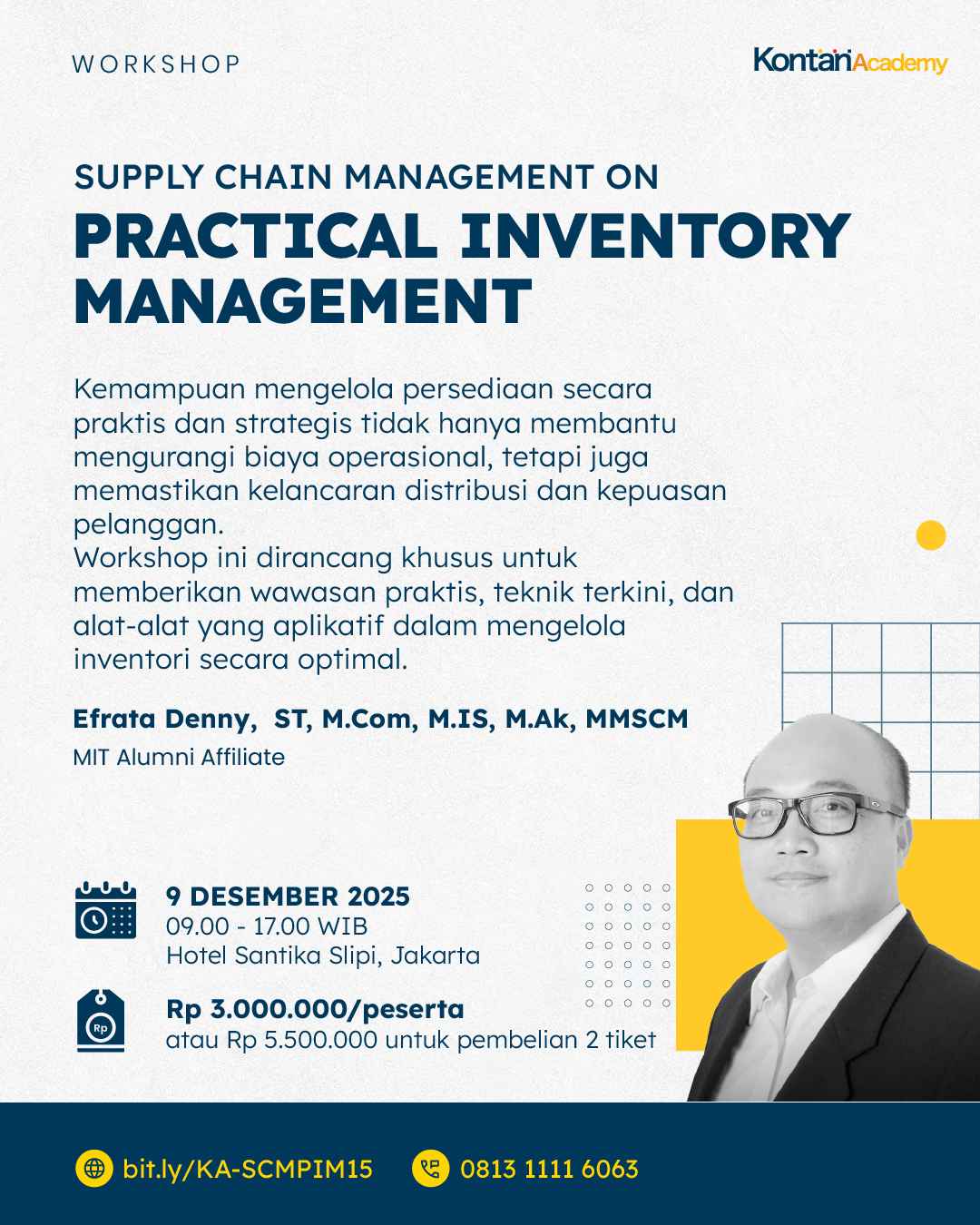Sumber: The Fed | Editor: Hasbi Maulana
JIM TANKERSLEY. Mr. Chairman, a quick follow on the trade question, and then a productivity question. On trade, what would have to happen in policy, and in particular in potential retaliation from countries around the world for trade policy to become a concern for the Committee's outlook? And then, the second question is you mentioned productivity growth earlier. What's your current assessment of the path of productivity growth, and has anything in policy, any policy change in recent months changed that assessment?
CHAIRMAN POWELL. You know, for trade, what I mentioned is that our FOMC participants reported in that they had heard, you know, concerns which were relatively new about that future trade actions, really. And, they're seeing it as a risk to the outlook kind of thing. So, and, the kind of things people are talking about would be, you know, more widespread retaliation and more widespread actions back and forth kind of thing. I can't be any more specific than that. In terms of productivity, productivity, as I'm sure you know, has been very week since the financial crisis. It's averaged only about .5 percent a year for the last six years a guess. So, that's well below, you know, longer-run averages, and it would certainly be a good thing to see it move up. It has moved up just a little bit but not kind of decisively. And, you know, you asked me about fiscal policy and the connection to productivity. I think in the tax bill there are incentives for there a tax cut bill that allows expensing of investments should encourage additional investment that should encourage productivity. In theory, an individual tax bill that lowers tax rates should encourage more labor force participation. So, I do think it's very important that we have a focus on productivity in the country. It's not something that we can really do at the Fed. But, you know, we're certainly hopeful that there will be supply side effects like that from the tax bill. I think estimates are really all over the place in terms of the amount and the timing of those.
JONATHAN SPICER. Chairman Powell, Jonathan Spicer with Reuters. I take your caveats on the dot plot as it were, but I'll ask another question. In 2020, it shows the policy makers expect the policy rate to get up almost to three and a half percent which is quite a ways or definitively anyways above the neutral rate. Does that increase the risk of a Fed-induced recession and decrease the risk of a soft landing? Which is asking in a way about the fiscal policy, and as a follow up, is that fiscal stimulus starting to lead to questions within the fed around this narrative of secular stagnation and the economy entering a new, sort of, low rates environment? Thanks.
CHAIRMAN POWELL. You know, I would say that--remember that forecasts three years out--so, you're right, 2020 there's a, I think, 3.4 percent is the median of the SEP dots for 2020, which is 40 basis points above the estimates of the neutral rate, which I would characterize as, you know, modestly restrictive, modestly tightening policy, but that's three years in the future. It's highly uncertain. You know, we don't have the ability to see that far into the future, so I really wouldn't put a lot in that. It could make sense. You could imagine narratives in which that would make sense, but I, honestly, I wouldn't put too much on that. Sorry, your second question was?
CHAIRMAN POWELL. You know, we've been through many years of growth around 2 percent, and I've given a number of public remarks where I've called on, you know, the country to focus more on potential growth and productivity and labor force participation, which drive potential growth. So, you know, I think it's really important that we do something, do what we can as a country to increase our potential growth rate. I would say in the bill that passed Congress, the Tax Cuts and Jobs Act, there were elements that should encourage productivity, as I mentioned--sorry, encourage investment, which should help productivity, encourage labor force participation. We don't know how big those effects are going to be. We don't know what the timing would be. I think as you look around the table at the FOMC, there's a wide range of views on the amount and the timing of those. I think all of us would agree that we hope that they will be large.
MICHAEL DERBY. I'm Mike Derby from Dow Jones Newswires. I have a question about the future of the mechanics of monetary policy. I wanted to know whether you favor sticking with the system that you have now of keeping interest on excess reserves and reverse repo--the reverse repo rate to control interest rates, or do you want to shift back to the old way of doing things at some point of targeting the fed funds market? And, do you have any concern that if you do stick with the current system that as rates rise that you might see issues where the Fed is under--is being criticized for paying out ever larger shares of money to banks, you know, to control interest rates that some might perceive as a subsidy to the banks that are getting this money?
CHAIRMAN POWELL. Sure. Our current framework for implementing monetary policy is working very well. We have excellent control over rates, and it's working. And it's--you described it accurately. We haven't made a decision to keep that as our longer-run framework. We haven't really addressed that question. We've had meetings where we've talked about it, and we've agreed that it's working well. But it's--and it's not something I see us as needing to urgently address. I think we're continuing to learn about this framework. For example, one, in the long-run, the size of the balance sheet's going to depend on the public's demand for our liabilities, including currency and reserves. So, we don't know what the demand is for reserves in a world where you have, you know, you have regulations that require banks to hold lots of high quality liquid assets, and reserves are one of those. So, it's not something we're looking at resolving in the near-term.
You mentioned the question of interest on excess reserves, and I think it's a little bit of a misnomer to think that there's a subsidy there. We pay interest on excess reserves. We can't pay interest in excess reserves that is above the general level of short-term interest rates. So, we're paying rates that banks can get from other interest rates from any other investment in the short-term money markets. In addition, remember that those liabilities--those are our liabilities. The assets that we have on the other side are treasury securities and mortgage-backed securities, which we yield much higher than interest on reserves. So, in fact, it's not a subsidy, and it's not a cost to the taxpayer.


/2018/03/08/443373005.jpg)
